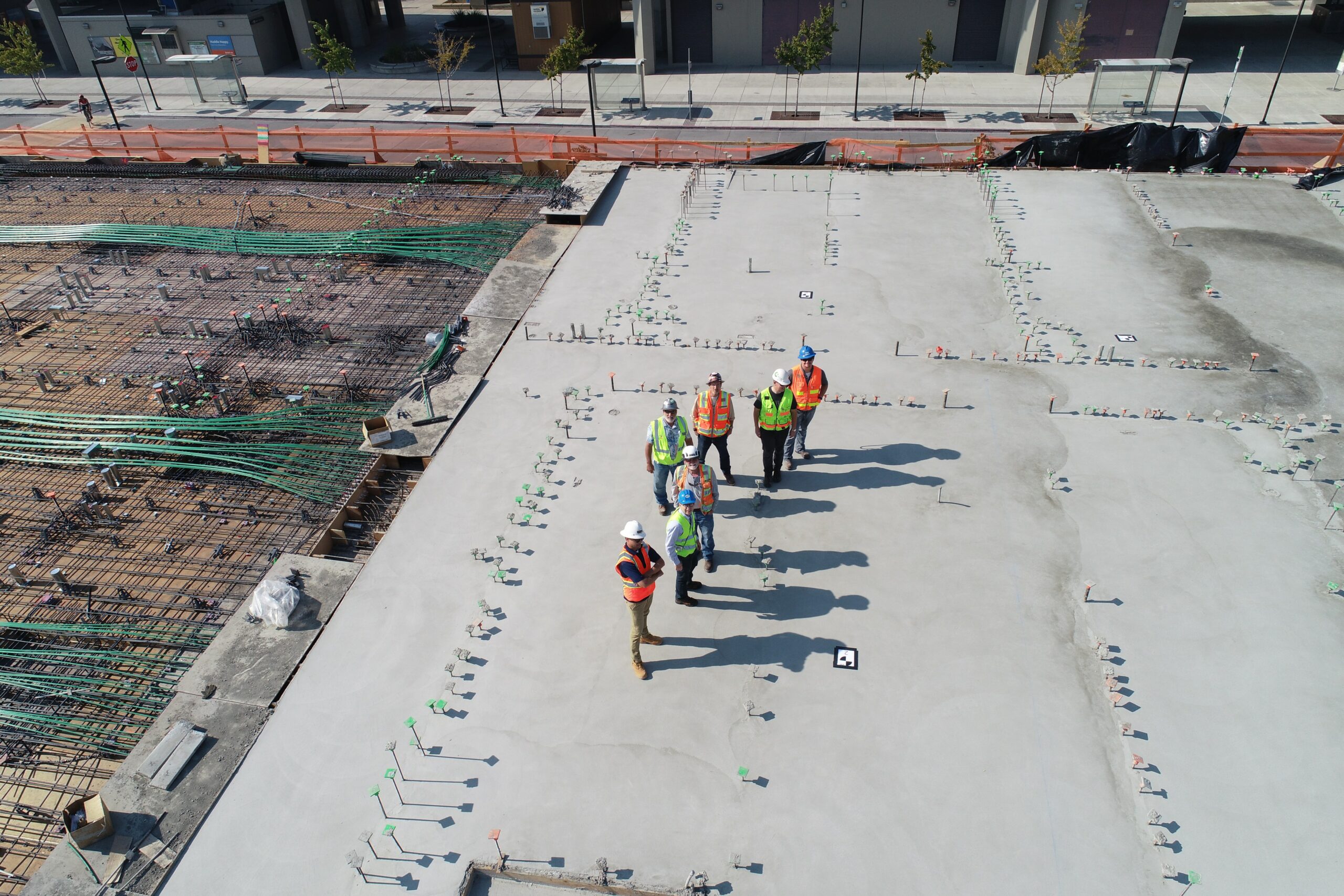
What is Colorado Cost Containment Certification?

Demonstrating your safety leadership can manifest in many ways. Companies with a strong commitment to the safety and wellbeing of their employees often have well established safety programs. These programs not only reduce risk of injury to their employees, but also provide claims management should an employee be injured at work.
In addition to demonstrating your dedication to the well being of your employees, Colorado Cost Containment (CCC) certification offers your company an opportunity for discounts on your workers compensation insurance premium.
Eligibility and compliance for CCC is determined by the Colorado Cost Containment Certification Board. The CCC certification process requires your submission of an application and related documentation to the Board. The overall process can be considered as the following 8 steps:
Step 1: Formal Declaration of your Companywide Safety Policy.
This policy outlines management’s safety philosophy and commitment to safety being a top priority within the Company. This declaration further outlines responsibilities of both the employer and employee.
Step 2: Formal Designation of and Safety Coordinator or Safety Committee.
This declaration defines the roles and responsibilities of the committee or safety coordinator and defines the objectives and tasks for these positions.
Step 3: Clearly Defined Safety Rules.
This requirement includes defining safety rules both from a general and job specific perspective and includes a clear documents method of conveyance to employees. This step also includes demonstrating that rules and consistently enforced throughout the organization.
Step 4: Safety Awareness and Training
This step requires documented training of your employees both as new hires and job/task specific training (this may include items such as JHAs, operator training/authorization for lifts, forklifts, etc. Lockout Tagout training and HAZCOM training from a general and site-specific perspective.
This step also requires documented safety meetings that are held for all employees.
Step 5: Written Designation Medical Providers
This requires the Company to select at least four medical providers for work related injuries. These providers must be clearly identified and communicated to your employees and employees must formally note they have been provided with the information. Additionally, when a workplace injury occurs, a copy of the designated provider list must be given to the injured employee.
Step 6: Written Policies and Procedures for Claims Management
This step requires the company to have written claims management policies and procedures that outline how claims with be handled. Additionally, injury incidents are to be investigated to identify the hazards and implement corrective actions. Also, if required due to the extent of an injury, the company will institute a modified duty procedure when practicable.
Steps 7: Summary Chart
This step require a summary chart identifying your current and previous policy periods losses (see application) . This includes the number of injuries, reported to your insurance carrier, total cost of all claims and hours worked.
Step 8: Current Loss Reports
This step required your submission along with the application of a currently valued loss report provided by your work comp carrier.
If you have these basic requirements in place and have not been taking advantage of cost savings through CCC certification, Innovise can assist you.
You can find more information at: Safety and Loss Control | Department of Labor & Employment (colorado.gov)
Click here for a link to your Innovise team.



